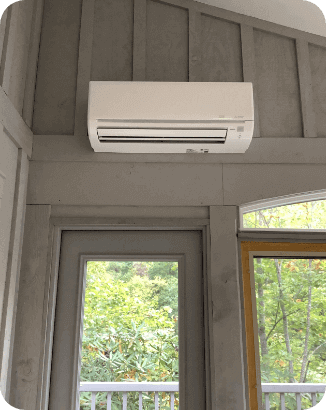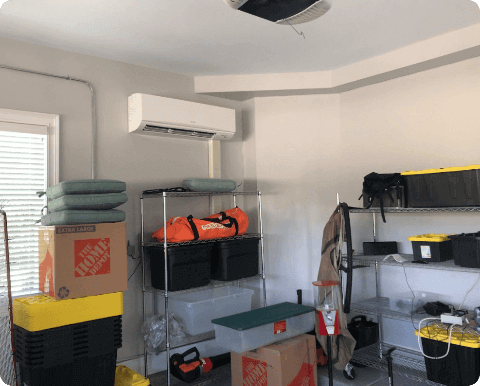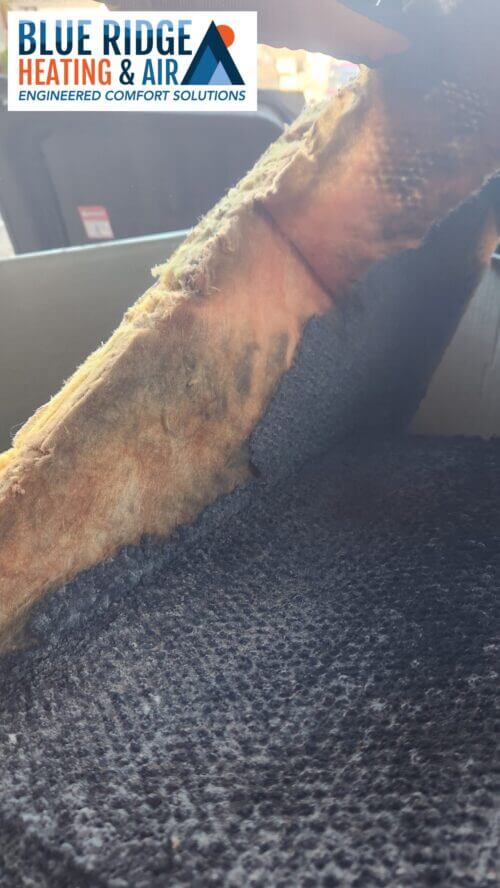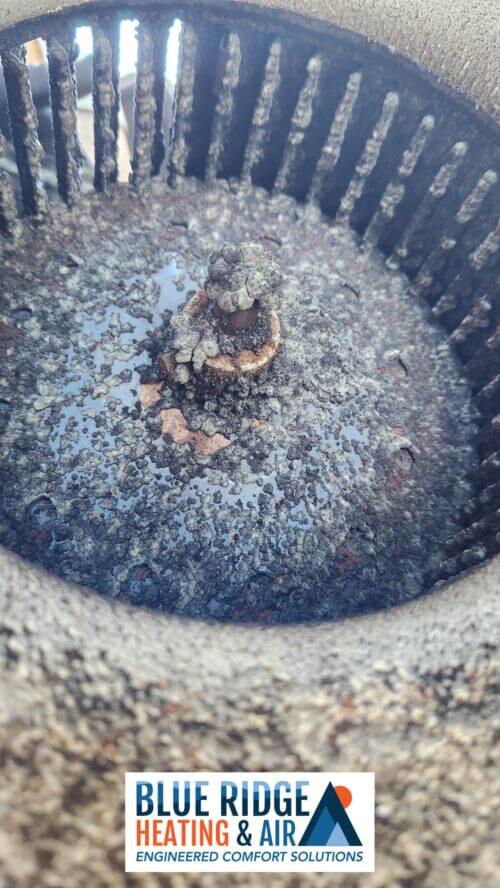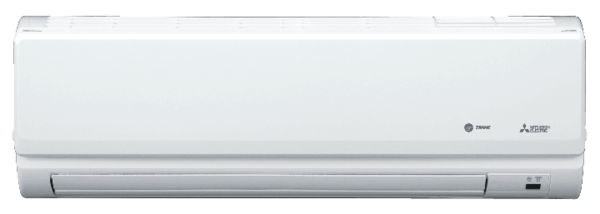 When it comes to ductless systems, one of the most frequently asked questions we get is, “How does a mini split work?” A mini split is a heat pump, so it’s not unlike some more traditional heat pump systems, but there are certain aspects that differentiate them. This guide will tell you a little more about how mini splits work, and the process that they go through to keep your space comfortable.
When it comes to ductless systems, one of the most frequently asked questions we get is, “How does a mini split work?” A mini split is a heat pump, so it’s not unlike some more traditional heat pump systems, but there are certain aspects that differentiate them. This guide will tell you a little more about how mini splits work, and the process that they go through to keep your space comfortable.
I have been working with mini split systems for years. Through my experience installing and repairing them, plus learning about how these systems operate, I’m happy to share some knowledge on the subject. After studying mechanical engineering, I can geek out on these kinds of HVAC systems, they only impress me more and more as the technology advances.
Read More: How Much Does A Ductless Mini Split System Cost to Install?
How A Ductless Mini Split Works: The Heating & Cooling Process
Ductless mini split systems are revolutionizing the world of heating and cooling systems. Unlike the traditional air conditioner, these units use a heat pump to both cool and heat your space, providing year-round comfort.
Also unlike traditional heat pumps, these systems use a small bit of tubing to connect the outdoor and indoor units. A traditional HVAC system uses ducts to deliver treated air throughout the space.
Heat Transfer
 The heat pump is the backbone of the ductless mini split system. This device operates on the principle of heat transfer. It absorbs warm air from one area and transfers it to another. For cooling your home, the heat pump absorbs heat from indoors and expels it outdoors. The refrigerant within the system facilitates this heat transfer.
The heat pump is the backbone of the ductless mini split system. This device operates on the principle of heat transfer. It absorbs warm air from one area and transfers it to another. For cooling your home, the heat pump absorbs heat from indoors and expels it outdoors. The refrigerant within the system facilitates this heat transfer.
Heating in Winter
During the colder months, the heat pump reverses its operation. It extracts heat from the outside air—even when it seems frigid—and transfers it indoors. Instead of a traditional heating system that burns gas or oil to create heat, this system operates on electricity. The heat transfer process allows the system to work without using any fossil fuels.
Cooling in Summer
When it’s hot outside, the heat pump acts like a typical air conditioner. It extracts heat from inside your home and releases it outdoors, thus cooling your home. The way an air conditioner works is by using a compressor to circulate refrigerant, which absorbs and releases heat as it moves between the indoor and outdoor units.
Related: Ductless Mini Split Financing and Rebate Opportunities
How Does A Mini Split System Work: Ductless System Components
Ductless mini splits, like other HVAC units, consist of two main components: the outdoor unit (containing the compressor) and the indoor units (air handlers). The difference from this and a traditional system is that it uses a small bit of tubing and line set to connect the indoor and outdoor units. A traditional system uses ducts to deliver the treated air.
Heat Pump
The heat pump, housed in the outdoor unit, is the heart of the mini split system. It contains the compressor which circulates the refrigerant, absorbing and releasing heat throughout the cycle.
Air Handlers
The air handlers, or indoor units, distribute conditioned air throughout the space. Depending on your preference and available space, air handlers can be wall-mounted, floor-mounted, or ceiling cassettes.
Wall-Mount
Wall-mounted indoor units are the most common type of air handler. They are typically installed high on a wall and distribute air evenly throughout the room.
Floor-Mount
Floor-mounted indoor units are a good option if you have limited wall space or prefer not to have anything installed high up. They provide the same function as the wall-mounted units but sit at floor level.
Ceiling Cassette
Ceiling cassettes are installed in the ceiling and are virtually unnoticeable. They are a popular choice for commercial spaces but are also suitable for homes with limited wall and floor space.
Multi-Zone Vs. Single-Zo
 Mini splits can be single-zone (one indoor unit connected to one outdoor unit) or multi-zone (multiple indoor units connected to one outdoor unit). If you want to have an entire home or commercial space using ductless mini splits, you’ll likely need a multi-zone system. If you want to treat a smaller space, or use it as a supplement, a single-zone system may be a better option.
Mini splits can be single-zone (one indoor unit connected to one outdoor unit) or multi-zone (multiple indoor units connected to one outdoor unit). If you want to have an entire home or commercial space using ductless mini splits, you’ll likely need a multi-zone system. If you want to treat a smaller space, or use it as a supplement, a single-zone system may be a better option.
One of the great benefits of a multi-zone system is that the mini splits operate independently of one another. This means you can have one unit in a living room at 72 degrees, while someone who may like it cooler can be in their bedroom at 68 degrees. You can also leave another unit off in a room that isn’t being used.
This option for different zones allows you to really customize your comfort, stop fighting over the temperature, and save energy by not cooling or heating an entire space that isn’t being used.
In Greenville, SC mini split installation specialists like the ones here at Blue Ridge Heating and Air can help you decide what the best option is for your home, whether it be multi-zoned or a single-zone that can do the trick!
Related: Mini Split Installation Case Study
How A Mini Split Works: FAQs
Can I leave my mini split on all the time?
Yes, you can leave your mini split air conditioner on all the time. In fact, thanks to their high energy efficiency, many people do. Using inverter technology, mini splits can run at a low power mode, maintaining your temperature.
Do mini splits use a lot of electricity?
The amount of electricity a mini split uses depends on its Seasonal Energy Efficiency Ratio (SEER) rating. A higher SEER rating means greater energy efficiency. So, while a mini split may use a significant amount of electricity, it’s typically less than a traditional air conditioning unit.
Does a mini split need water supply?
No, a mini split does not require a water supply. Instead, it uses refrigeration lines to transfer heat between the indoor and outdoor units. The only water involved in the process is the condensate produced during the cooling process, which the system automatically drains away.
Now that you know a little more about how mini splits work, I hope it can help you make an informed decision about whether this type of heating and cooling solution is right for your home or business. With their high energy efficiency and flexibility, mini splits offer a practical and economical alternative to traditional HVAC systems.

